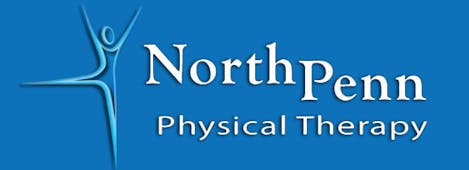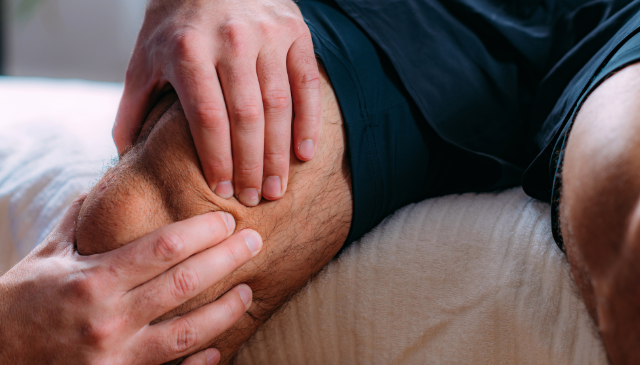
As the end of 2024 approaches, you may be taking some time to reflect on your health over the last year. Another valuable practice at this time of year is to review your health plan. If you've been dealing with any lingering pain, soreness, or mobility issues, now could be a great time to act. Whether or not you realize it, you might be missing out on an opportunity to receive physical therapy at little or no cost before your insurance deductible renews. Here's why you should consider scheduling a visit with a physical therapist before the year ends.
Why Physical Therapy?
Physical therapy is a powerful tool that is effective for addressing pain, improving mobility, and preventing future injury. Whether you're dealing with back pain from sitting at a desk all day, knee soreness from a recent run, or shoulder discomfort from daily activities, physical therapy offers a personalized solution that will target your specific needs and goals.
Physical therapists are experts in how the body moves. They can identify the root cause of your pain and help you develop strategies to alleviate it, often without the need for surgery or long–term medication. From hands–on therapeutic techniques to flexibility and strengthening exercises, physical therapists provide holistic and personalized care that promotes long–term recovery and injury prevention.
How Your Healthcare Plan Can Work for You
As we near the end of the year, it's crucial to review your health insurance policy. Many plans come with a deductible, which is the amount you have to pay before your insurance begins covering the cost of certain medical services. Once you've met this deductible or reached your out–of–pocket maximum, many services, including physical therapy, may be available at a significantly reduced cost–or possibly at no additional cost.
This is why we recommend taking a few minutes to review your insurance status. If you've already met your deductible or out–of–pocket maximum for 2024, you may have lower co–pays or no co–pay for the rest of the year. This is an excellent time to take advantage of physical therapy benefits that you've paid for but may not have used.
Don't Let Lingering Pain Hold You Back
Many people ignore minor pain or discomfort and hope it will go away on its own. But taking this approach will often lead to more significant problems down the road, as lingering pain is your body's way of telling you that something needs attention. Physical therapists can help address these issues before they worsen, saving you from potential long–term complications and more extensive–and expensive–treatments later.
For example, mild shoulder pain today could lead to a more serious rotator cuff injury tomorrow if it is not properly managed. Similarly, recurring lower back pain might be a sign of a muscle imbalance that, if untreated, could limit your mobility in the future. Early intervention is key to maintaining your health and avoiding more serious issues.
Take Action Now
Don't let 2024 come to an end without giving your body the care it deserves. If you're dealing with persistent pain or discomfort, take advantage of your healthcare benefits before they reset in January, and start the new year with a stronger, healthier you. Contact us to learn more or to schedule an appointment with one of our physical therapists today.









